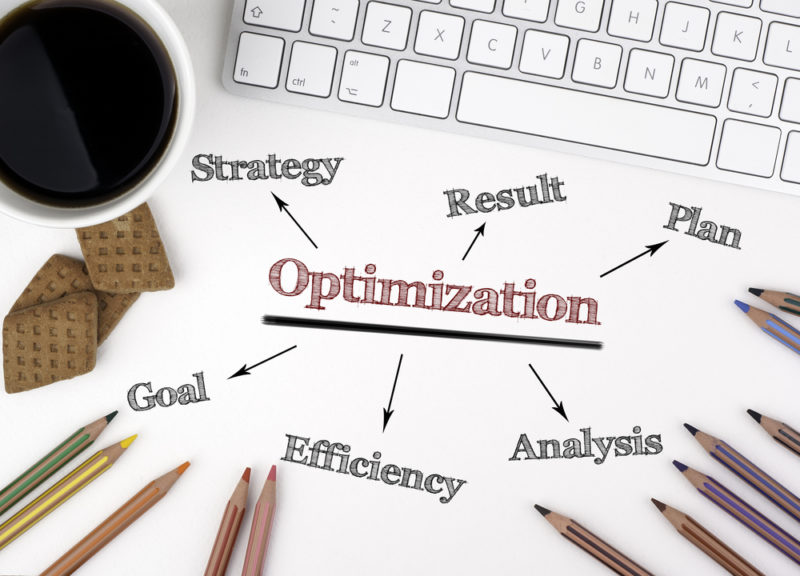Supply Chain Maturity Model: Journey, Agents of Change, Real Optimization, & Community Intelligence
What is the Supply Chain “Maturity Model” Buzz?
Aside from the terms big data and analytics, the most common buzz word in supply chain solutions is “Maturity Model”. As a 40+ year veteran of campaigns to bring better analytics to bear on key organizational decisions, my immediate reaction was: another buzz word with more hype than substance glossing over or ignoring a rich set of outstanding prior and current work that can be an inconvenient truth. Words of wisdom such as – how can we move forward, if we don’t know where we are going – seem obvious and a dangerous simplification! Yet, there is some excellent work under this banner – one is the INFORMS analytics maturity model with its simple goal of helping organizations do an honest self-assessment that reveals how well they are using the new techniques of analytics.
Read Also: Analytics and S&OP: What is Analytics, and how to spot Buzzwords
Understanding The Supply Chain Maturity Model
It’s the Journey
The fundamental challenge that underpins the maturity model has been around since the dawn of civilization – how to make effective use of information and decision technology to improve organization performance (and support scientific discovery). To obtain helpful hints for readers, I turned to mentors Peter Lyon and Gary Sullivan. Both retired after years of proven success as agents of change at IBM making the impossible – possible – resulting in substantial improvements in IBM and its customer responsiveness – a term coined by Nick Donofrio, retired IBM senior executive for manufacturing. They identified four ingredients: journey, agents of change, real optimization, and community intelligence.
Gary observed Maturity is a value judgment suggesting that the organization has been deficient in the past. The better term is journey. What the organization did in the past worked fine or was the best that could be done with the current technology or organizational readiness. Although there are lessons to be learned from other firms’ journeys, each journey is personal – and the most innovative work is yet to be done.
Peter noted maturity implies a fixed sequence of steps with a known start and end. Any senior manager of strategic systems (the position he held for many years) is aware that you have a general direction and objective and one intelligently adapts along the journey to generate ROI for the firm. He pointed to Grant’s Vicksburg campaign and stressed that successful adaptation requires an experienced group of Agents of Change.
Agents of Change
Many organizations talk about using more advanced methods from analytics to improve responsiveness, create tasks group (often with an outside consultant to help) to review the “as is”, examine other organizations, identify the “to be”, and create a plan for improvement. Many such efforts never get further than this or get started, then quickly fade away. Few consultants and software providers have the experience and knowledge to improve the probability of real success – delivering an application planners and managers weren’t certain they needed (or opposed) that initially upsets the social order and eventually emerges as “who could imagine life without this” application. There are standard guidelines: executive support, Identify data requirements, build relationships with users, etc. Peter and Gary found the real key is a small team of agents of change which is described in a forthcoming IJIETAP paper by Dr. Milne and Dr. Wang (members of Peter’s team) covering their IBM experience (Modeling and Integration of Planning.) Such groups are highly cohesive, have a broad range of technical skills from programming algorithms to the science of extracting insights from flawed data to the role of the central limit theorem to selecting the right combination of methods – or creating new ones – to the nuances of nudging an organization out of its comfort zone. In Google parlance – smart creatives.
Peter emphasized as important as these teams are, they will disappear quickly if organizational leadership loses focus on the need for innovation in its core decision technology. Gary noted by necessity these groups live in the shadows and with the wrong management they are quickly singing the Animals tune – “we gotta get out of this place… if it’s the last thing we ever do.”
Related: Will Big Data Change the World?
Real Optimization
Both agreed with Dr. Harpal Singh, CEO of Arkieva’s assessment; successful teams understand real optimization! For many, optimization refers to finding the best initial solution (demand plan, supply plan, safety stock, etc.) using an ever-impressive array of methods. Although this has value, the initial plan is the “starter set for optimizing” the entire solution which is focused on identifying and resolving or repairing risks (unmet demand, capacity challenge, quality issue, etc.) to meeting the firm’s near-term and long-term objectives. When satisfying a demand on time is in jeopardy the VP of operations expects the risk identified and a set of actions to mitigate the risk short term and long term. Informing the VP that the optimized model says this demand cannot be met and they have to live with this result is not the right answer.
Community Intelligence
Gary observed, perhaps the best assessment of a successful journey was penned by Prof. Ed Feigenbaum when he visited the IBM semiconductor manufacturing facility to see the use of “analytics” to improve performance
“It is a new kind of entity – community intelligence, born from the collective wisdom of various disciplines, experiences, and points of view, which dynamically disseminates the new intelligence around the same community that engendered it, solving problems that are “too tough for us humans to figure out.”






